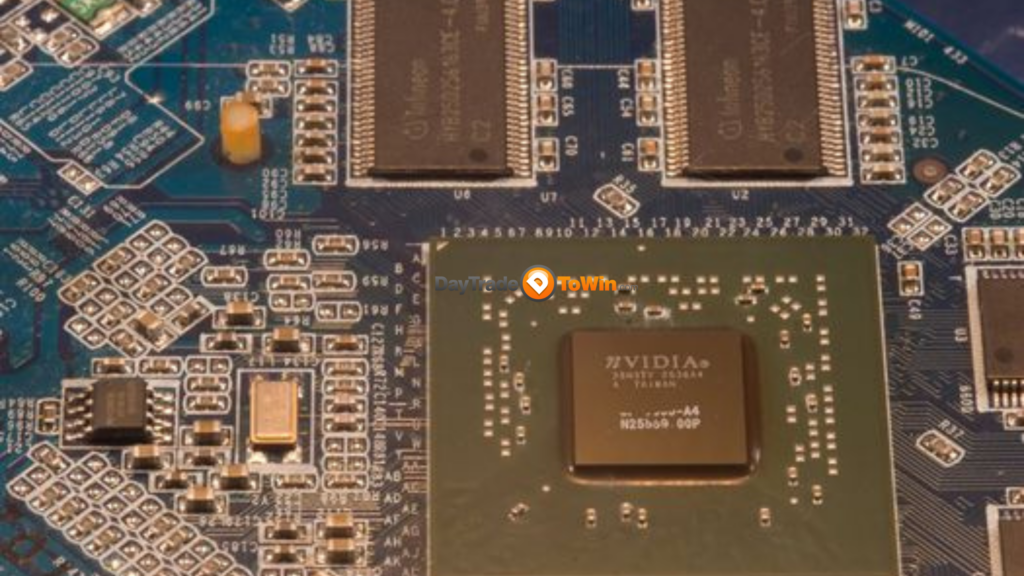Investors Looking for New Surprises Got a Familiar Story Instead
Jensen Huang delivered his trademark enthusiasm during Tuesday’s two-hour keynote — reportedly without a teleprompter — laying out Nvidia Corp.’s ambitious vision for the future. But for Wall Street, the energy wasn’t enough to make up for a lack of fresh surprises.
Shares of Nvidia (NVDA) slipped 3.4% by the end of the day, after trading down nearly 1% ahead of the keynote.
To be sure, Nvidia’s roadmap is packed with cutting-edge plans, from robotics and autonomous driving to quantum computing. But two points seemed to weigh on investors. First, many of these exciting opportunities are long-term plays that won’t generate meaningful revenue in the near future. Second, the presentation largely confirmed what analysts already knew.
“The things Huang said had already been said,” noted Maribel Lopez, founder of Lopez Research. Investors had been hoping for a “magic rabbit out of a hat” moment — an unexpected new revenue stream. Instead, Huang pointed to areas that, while promising, are still years away from materially boosting Nvidia’s bottom line.

Quantum computing, for instance, remains a distant commercial prospect. Even robotics, while more mainstream, is unlikely to ramp up at the pace of Nvidia’s core chip business, according to Lopez.
Jefferies analyst Blayne Curtis echoed that sentiment, saying he had hoped for “more proof points” that Nvidia could further expand its total addressable market and drive cost efficiencies for customers. Still, he acknowledged Nvidia’s undeniable strength across hardware, software, and a wide range of industries.
Huang outlined an updated product cadence of launches every 12 to 18 months. The next-generation platform, Vera Rubin, is set to debut in the second half of 2026, boasting 3.3 times the performance of the current Grace Blackwell system with 144 GPUs. Vera Rubin Ultra will follow in late 2027, delivering a 14.4x performance leap and 576 GPUs.
Curtis described Rubin as more of a stepping stone, with Rubin Ultra representing the next big leap forward. Beyond that, Nvidia teased its “Feynman” platform, planned for 2028, continuing the company’s tradition of naming systems after legendary scientists.
Nvidia’s rapid pace of innovation has kept rivals at bay, and even its missteps — like early issues with Blackwell — are quickly corrected. “They recover fast,” Lopez noted, adding that Nvidia’s 12- to 18-month product cycle is one they rarely miss.
Huang closed by emphasizing that adopting Nvidia’s technology is a major commitment for customers. “This isn’t like buying a laptop,” he said. Organizations need time to budget and plan for power and infrastructure — all part of the grand, if sometimes distant, vision he presented.




